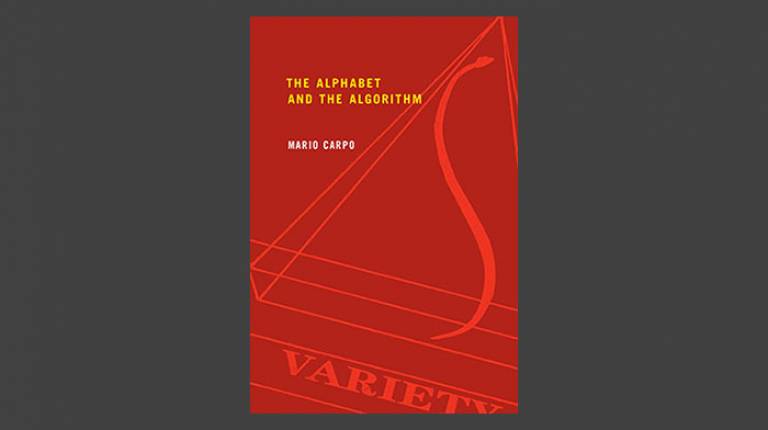
Overview
Digital technologies have already changed architecture – architectural form as well as the way architecture is designed and built. But if the digital is a revolution, which tradition is being revolutionized? If it is a "paradigm shift," which architectural paradigm is shifting? In The Alphabet and the Algorithm, Mario Carpo points to one key practice of modernity: the making of identical copies. Carpo highlights two instances of identicality crucial to the shaping of modern architecture: in the fifteenth century, Leon Battista Alberti’s invention of architectural design – the humanistic idea of building as the identical replication of an author’s intentions; and, in the nineteenth and twentieth centuries, the mass production of identical copies from mechanical master models, matrixes, imprints, or moulds.
The modern power of the identical, Carpo argues, has come to an end with the rise of digital technologies. All that is digital is variable. In architecture, this means the end of notational limitations, of mechanical standardization, and possibly of the Albertian, authorial way of building by design. Charting the rise and fall of the paradigm of identicality, Carpo compares new forms of postindustrial, digital craftsmanship to traditional hand-making, and to the cultures and technologies of variations that existed before the coming of machine-made, identical copies. Carpo reviews the unfolding of digitally based design and construction from the early 1990s to the present, and suggests a new agenda for architecture in an age of variable media, generic objects, and participatory authorship.
People
Mario Carpo
View Mario's profile
Send Mario an email
 Close
Close

